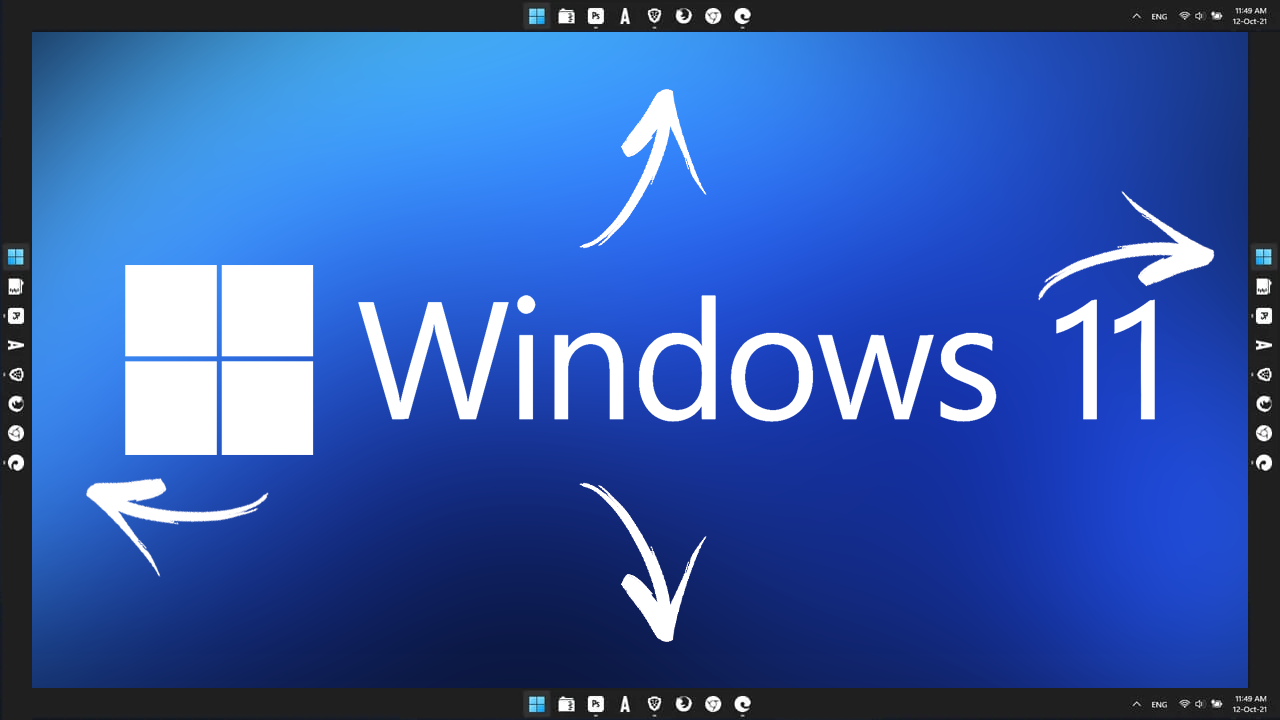Windows Boot drive has become mindboggling slow? The latest Windows Update could be the cause

Microsoft released a cumulative update for Windows 11 last week that included the usual list of security patches for the operating system, but also new features. The second Moments update for Windows 11 introduced a number of new features and improvements to the operating system.
Some Windows 11 users now report that the installation of the update has had a serious impact on the performance of their drives. According to one user, who posted their findings on Reddit, reading and writing speeds of the computer's SSD NVME drive halved after installation of the update. It went from 7000 benchmark points to 3000 after installation of the update.
When the user rolled back the previous version and uninstalled the Windows update, performance levels were once again at previous levels.
Another published CrystalDiskMark screenshots of benchmark runs before and after installation of the Windows update. While read performance stayed at approximately the same performance level, the write performance dropped significantly on the user's device.
A third reported that the boot time of the device more than doubled after installation of the latest Windows update. Boot time went from 14 seconds to 31 seconds, according to the report.
All three users have NVME drives, which may be a first indicator regarding the issue. It is unclear how widespread the issue is, but Windows 11 users, who are affected by the issue, may uninstall the Windows update to find out if this fixes the issue.
Uninstallation comes with the downside that security issues are no longer patched. Microsoft fixed several critical and lower rated security issues in the March 2023 update for Windows.
How to test the performance of a drive on Windows

CrystalDiskMark is a free drive benchmark tool for Windows. All it takes to test the performance of a hard drive is to download the latest standard edition from the developer website and run it after it the downloaded completed.
Preferences may be modified, but the only option that is important is to make sure the correct drive is selected. The main hard drive of the system should be selected automatically.
Hit the "all" button run the benchmark. It takes less than a minute to complete and should provide read and write speed readings in the interface. Take a screenshot of the interface and install the update on the device. Now run the benchmark again and compare the result to the state before the update was installed.
Closing Words
Microsoft fixed a slow file copy bug in the Windows update, which plagued some Windows users for quite some time. The company has not confirmed the issue yet. We contacted Microsoft for comment but have not heard back yet.
Now You: did you install the latest Windows update already? (via Neowin)





















bug11 update KB5023706 is (one of) the culprit(s).
Windows 10 and 11 – March 2023 Cumulative updates – causing drive slow down – serious negative impact
We (a university research faciltiy) can confirm that the latest cumulative update in March 2023 for Windows 10 (KB5023702 for 1809 LTSC and KB5023773 for 21H2) is having a serious negative impact on drive performance.
Computer startup scripts need up to two times longer (from arround 40 seconds up to 120 seconds).
Impact on drive performance is independent from SSD types; we are using SATA M.2 SSDs and NVMe M.2 SSDs.
A. Tasse
We (a university research faciltiy) can confirm that the latest cumulative update in March 2023 for Windows 10 (1809 LTSC and 21H2) is having a serious impact on drive performance.
Computer startup scripts need up to two times longer (from arround 40 seconds up to 120 seconds).
Impact on drive performance is independent from SSD types; we are using SATA M.2 SSDs and NVMe M.2 SSDs.
Problems; windows telemetry, start-up apps and slow HDD’s. Solutions; disable telemetry, unistall via
Shell commands, the MS store and pre-installed windows apps (not the needed for windows system of course) and upgrade to an SSD, there are many 800GB + cheapest in today’s standarts. For older computers, running low-cpu consumption profile apps, adding RAM and also use 3rd party apps, for disable more “under the hood”, feautures of windows, that isnt to be usefull. Always with caution, and making system-image backups (to an external drive like USB) and restore points from system restore shedule.
There are plenty pro-level tuts onto the internet how to boost up an machine (windows 8 &10,11).
Did you install the latest Windows update already? Yes.
OS Build 22621.1413
512MB NVMe SSD
There’s nothing wrong with the update; “three users” complain, so it’s the fault of the update.
What I don’t understand is why those 3-7 users don’t “pause” updates. It’s silly to install an update the day it’s available. Wait and see. Maybe two weeks down the road you may want to install it.
Did they make a full system image backup before update Tuesday? No? Why not? Has MS ever produced an update that hasn’t caused problems on a number of computers–like in the 100,000s range? No. What makes a user think it will suddenly happen in March. St. Patrick’s Day luck?
“Mindboggling” naïveté!
Windows “11” is a complete disaster.
Like Windows 10 and 8 before it.